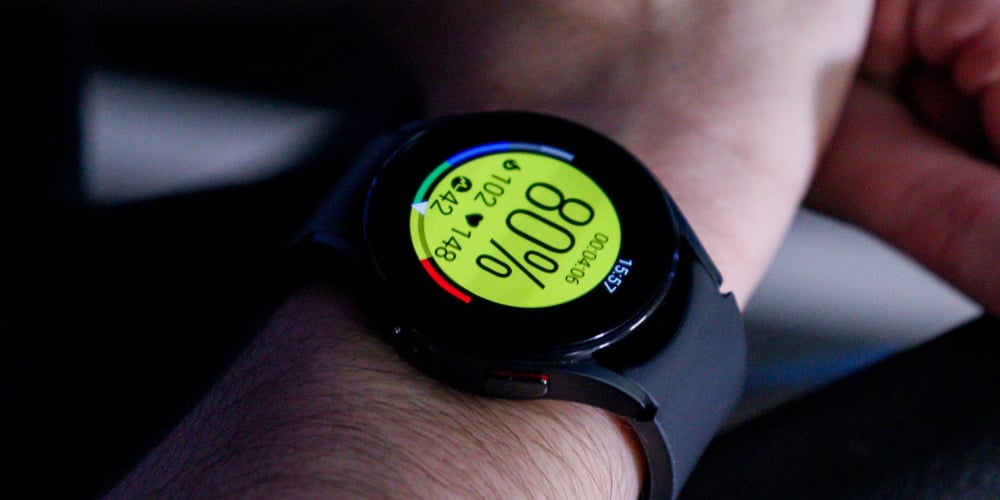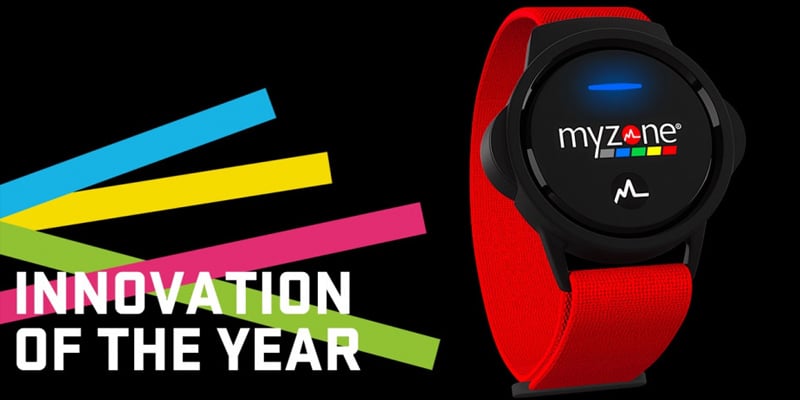How wearable technology is transforming fitness and boosting longevity
Wearable technology has become a part of everyday life. A consumer study conducted by Parks Associates reveals almost 50% of US internet households now own and actively use wearable devices.
In this article, Jay Worthy, CEO of Myzone Group educates us on how integral digital devices have been across the fitness industry, the direction of Myzone, and how to navigate your way through the wearable tech revolution that’s already underway.
The question is no longer about whether many people will be using wearable technology in the years ahead, but how?
Jay Worthy, CEO of Myzone on the LIFTS podcast
This conversation is part of an episode of the LIFTS podcast. Jay joins hosts Matthew Januszek, co-founder of Escape Fitness and Mo Iqbal, founder and CEO of SweatWorks. This podcast was recorded at the Beyond Activ leadership, investment and business development event in New York exploring fitness market trends.
Other guests in this episode include Adam Sedlack, CEO of UFC GYM, Jack Daly, CEO of TRX, and the co-founders and co-CEOs of obé Fitness, Ashley Mills and Mark Mullett.
The normalisation stage for wearables
“We're really good at building wearable technology, and there's a ton of runway ahead of us to continue to get even better at that, so that will always be at the epicentre of what we do,” explains Jay.
He discusses how the industry, and society in general, is in a really interesting normalisation stage for wearables, with Myzone perfectly positioned to drive the innovation that leads to further growth for the whole industry.

A pioneer in this field, Myzone launched in 2011, when there was no Apple watch or Oura Ring, and Garmin was focused on high level sports performance tracking. Myzone was among the first wearable trackers in the world to provide simple, meaningful feedback to support a healthy, active lifestyle. Since then, the market has exploded.
Today, wearable devices can track more fitness and health biomarkers than ever before. For consumers, the key is finding the wearable that meets their specific needs and delivers clear, actionable data that influences their lifestyle choices for better health outcomes. This is what Myzone set out to provide and still provides today.
What’s next in the wearable technology space?
Over the next few years, as wearable technology continues to evolve, with devices becoming smaller, more affordable and integrations such as Myzone becoming available via an Apple or Android smart watch via the launch of MZ-Open, the interest and value will switch from hardware to data. This value-transfer is already happening.
The impact of data on the consumer
From a consumer perspective, people need the raw data collected by their wearable device to be mined and presented in an understandable and meaningful format.
This allows consumers to use the information to drive positive lifestyle choices that benefit their mental and physical health, prevent illness and potentially improve their health span, so they can enjoy longer, more independent lives.

As more and more people adopt wearable technology, it’s likely that this collective ability to better track health and fitness markers will have a positive impact on population health.
These are exciting times for this technology. It’s easy to see why, according to Statistica, the smart watch market is worth 28.72 billion US dollars today and is predicted to rise to more than 40 billion US dollars by 2029.
The power of collective data for gym operators
“A big part of our industry growth is focused on longevity, and that is going to be anchored around wearable technology,” explains Jay.
Wearables such as Myzone not only empower individual consumers with personal data to maintain healthy activity levels but also provide gym operators with valuable tools and insights into user behaviour.
This data can shape more motivating and results-focused member experiences, helping facilities to tailor journeys that improve engagement and retention. This will have a direct impact on the all-important bottom line.
For example, as Jay continues: “Operator data becomes much more a function of ‘how do I make sure that I understand my member and how do I understand how likely they are to stay a customer of mine?’”
Looking ahead through the wearable tech revolution
The wearable tech revolution is well underway. If you want to hear more about its potential and the value it can deliver for both consumers and gym operators, check out the full interview below.
About the LIFTS podcast series
LIFTS stands for the latest industry fitness trends and stories. It’s a bite-sized podcast discussing the breaking fitness industry news making the headlines, reviewing innovations, events and developments shaping the sector and discussing thought provoking conversations about the future of fitness. To find out more, visit the LIFTS homepage.
Share this
You May Also Like
These Related Stories

MZ-Open: Myzone now available through Apple and Android smart watches

Myzone assembles industry-leading international advisory group



